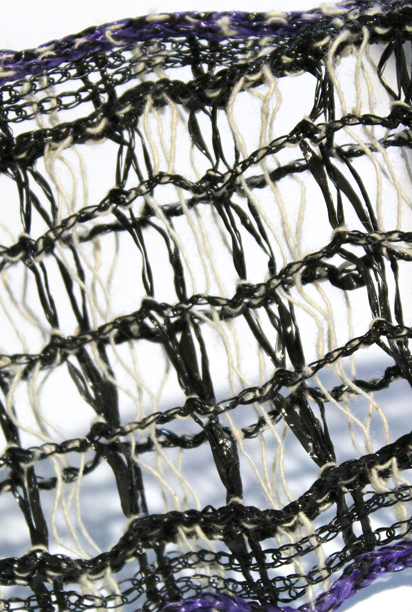
Hopper systems are widely used to fill socking (sleeving) material with mussel seed. Seed is loaded into the top of the hopper and with the force of gravity or assisted by a lubricant such as water, the seed fills the sock. It travels through a pipe that allows only a certain amount of seed to pass, per foot of sock. The rate at which it fills the sock is decided at the sole discretion of the mussel farmer. A density of 120 to 450 mussel seed per meter is a normal range. This number can be modified dependent on specific site conditions.
Proper sock selection is critical. Farmers must make themselves familiar with the size of sock they require for the size seed they will be filling.
The time of year that is ideal for socking completely depends on the local growing season. One region may be different from another. Farmers must know their growing area very well to understand the best time of the season to fill and hang their socks.
We’re here to help. To receive more information on filling mussel socking and the purchase of automatic and manual socking machinery, please give us a call or send us a message using the form to the right.

